Understanding The Effects Of Climate Change On Summer Insect Life
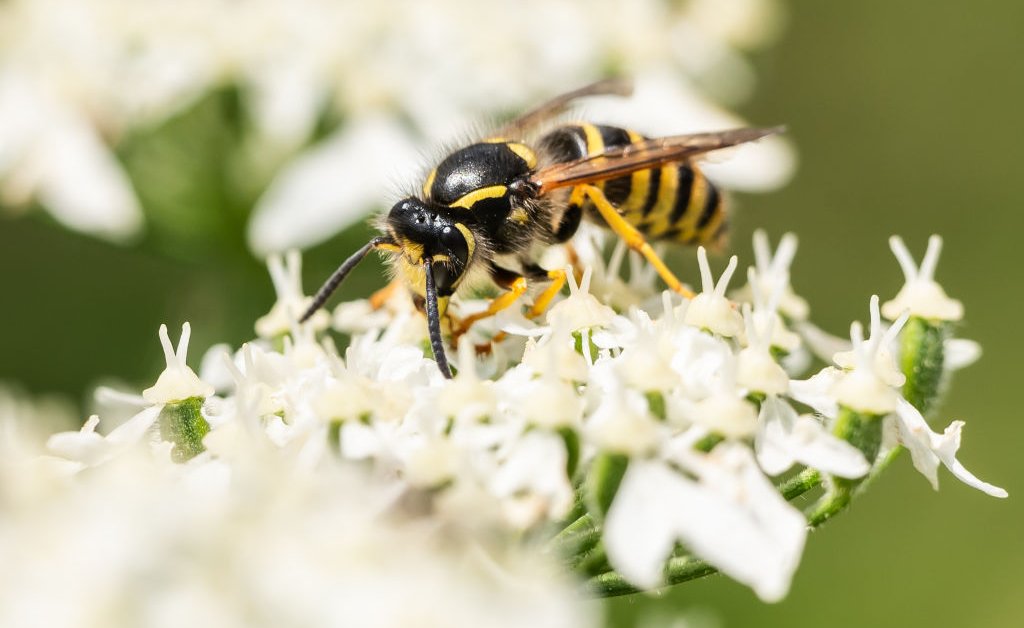
Welcome to your ultimate source for breaking news, trending updates, and in-depth stories from around the world. Whether it's politics, technology, entertainment, sports, or lifestyle, we bring you real-time updates that keep you informed and ahead of the curve.
Our team works tirelessly to ensure you never miss a moment. From the latest developments in global events to the most talked-about topics on social media, our news platform is designed to deliver accurate and timely information, all in one place.
Stay in the know and join thousands of readers who trust us for reliable, up-to-date content. Explore our expertly curated articles and dive deeper into the stories that matter to you. Visit Best Website now and be part of the conversation. Don't miss out on the headlines that shape our world!
Table of Contents
Understanding the Effects of Climate Change on Summer Insect Life
Summer's vibrant buzz, filled with the songs of crickets and the dance of butterflies, is under threat. Climate change is significantly impacting insect populations, altering their life cycles, distributions, and overall abundance, with potentially devastating consequences for ecosystems and human society. This article delves into the complex relationship between a warming planet and the fascinating world of summer insects.
Rising Temperatures and Shifting Seasons
One of the most immediate effects of climate change on summer insects is the alteration of seasonal timing (phenology). Warmer springs are causing many species to emerge earlier, potentially disrupting crucial interactions with their food sources and predators. For example, if a butterfly emerges before its host plant has fully developed, its larvae may starve. This mismatched timing, known as phenological mismatch, is a significant threat to many insect populations.
Furthermore, increased temperatures during the summer months can lead to heat stress and mortality, particularly for insects adapted to cooler conditions. Species with limited physiological tolerance to heat may experience population declines or even local extinctions. This is especially concerning for insects living in already-stressed habitats like fragmented forests or urban areas with the urban heat island effect.
Changes in Rainfall Patterns and Habitat Loss
Changes in rainfall patterns are another key factor influencing summer insect life. Droughts can severely reduce the availability of water and food sources, impacting insect survival and reproduction. Conversely, extreme rainfall events can lead to flooding and habitat destruction, further decimating populations.
Climate change is also exacerbating habitat loss. The shift in climatic zones forces many insects to migrate or adapt, but suitable habitats are becoming increasingly scarce due to deforestation, urbanization, and agricultural intensification. This shrinking habitat further strains already vulnerable insect populations.
Impacts Beyond the Summer Months
The effects of climate change on summer insects are not limited to the summer months. Changes in insect populations can have cascading effects throughout the entire ecosystem. For instance, a decline in pollinators like bees and butterflies can lead to reduced crop yields and threaten plant diversity. Similarly, a decrease in insect prey can impact the populations of insectivorous birds and other animals higher up in the food chain.
What Can We Do?
The challenges posed by climate change on summer insect life are significant, but not insurmountable. We can take action by:
- Reducing our carbon footprint: Transitioning to renewable energy sources, adopting sustainable transportation, and reducing consumption are crucial steps in mitigating climate change.
- Protecting and restoring habitats: Creating and maintaining diverse habitats, including forests, wetlands, and grasslands, is essential for providing refuge for insects.
- Supporting sustainable agriculture: Promoting farming practices that minimize pesticide use and habitat destruction can help protect insect populations.
- Educating ourselves and others: Increasing awareness about the importance of insects and the threats they face is critical to fostering collective action.
The future of summer insects, and indeed the health of our planet, depends on our collective efforts to address climate change. By understanding the complex interplay between climate change and insect life, we can work towards a more sustainable future for all. Learn more about insect conservation efforts by visiting organizations like . Let's protect the vital role insects play in our ecosystems.

Thank you for visiting our website, your trusted source for the latest updates and in-depth coverage on Understanding The Effects Of Climate Change On Summer Insect Life. We're committed to keeping you informed with timely and accurate information to meet your curiosity and needs.
If you have any questions, suggestions, or feedback, we'd love to hear from you. Your insights are valuable to us and help us improve to serve you better. Feel free to reach out through our contact page.
Don't forget to bookmark our website and check back regularly for the latest headlines and trending topics. See you next time, and thank you for being part of our growing community!
Featured Posts
-
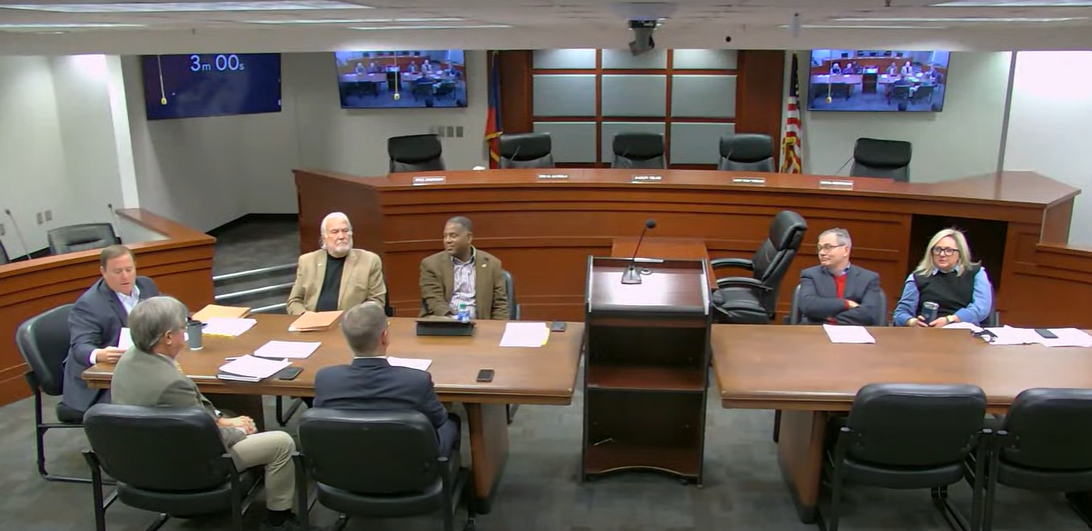 Update State Psc Resumes Hearings On Georgia Power Energy Proposal
May 25, 2025
Update State Psc Resumes Hearings On Georgia Power Energy Proposal
May 25, 2025 -
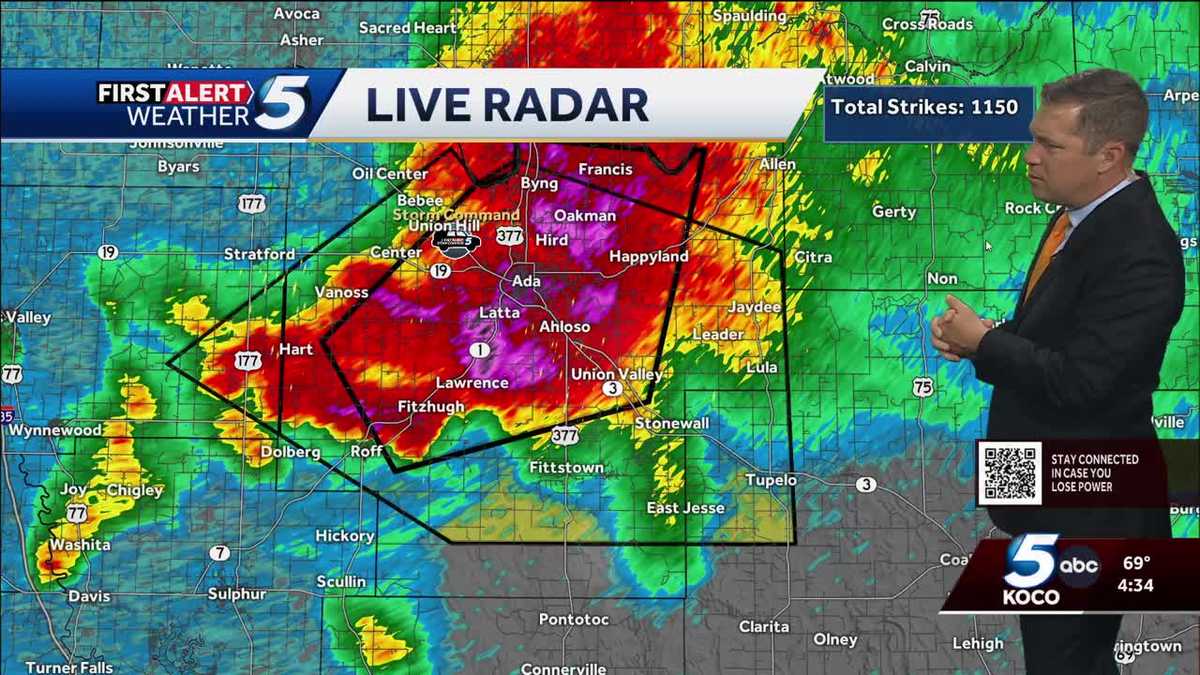 Watch Live Central Oklahoma Tornado Warnings And Storm Tracking
May 25, 2025
Watch Live Central Oklahoma Tornado Warnings And Storm Tracking
May 25, 2025 -
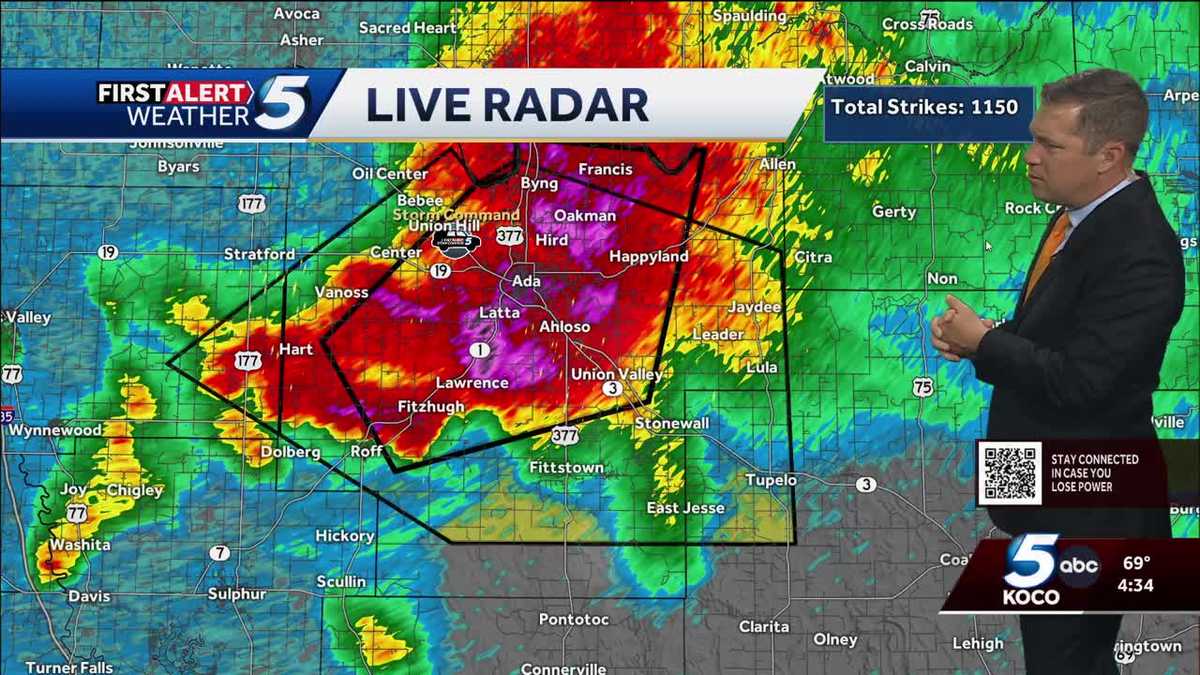 Live Tracking Dangerous Storms And Tornado Threat In Central Oklahoma
May 25, 2025
Live Tracking Dangerous Storms And Tornado Threat In Central Oklahoma
May 25, 2025 -
 Smack Down Before Snme Winners Grades And Post Show Reaction From Tampa
May 25, 2025
Smack Down Before Snme Winners Grades And Post Show Reaction From Tampa
May 25, 2025 -
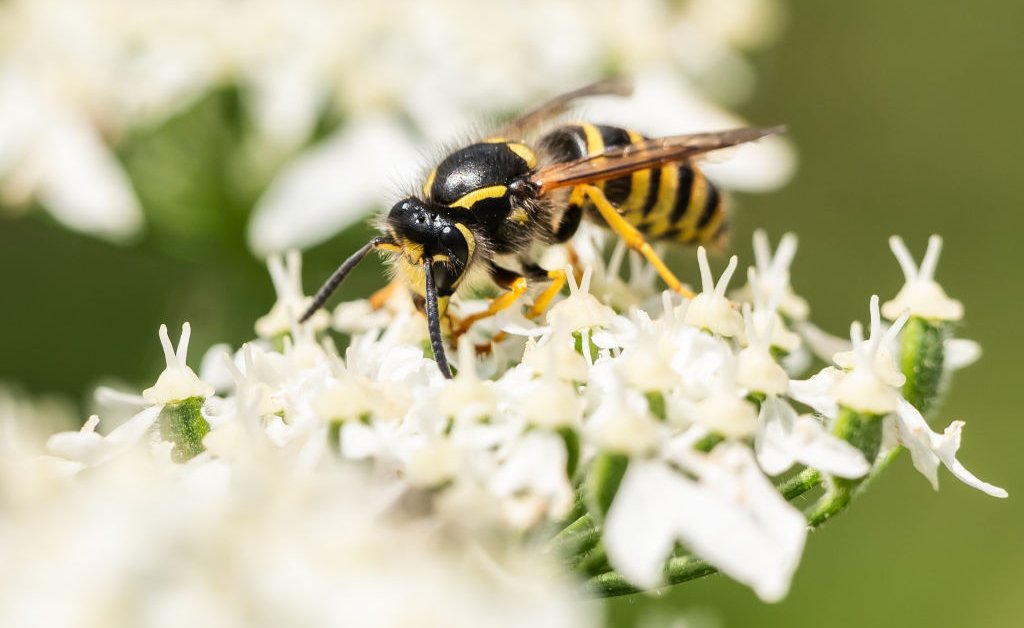 Rising Temperatures Shifting Bugs Climate Changes Summer Impact
May 25, 2025
Rising Temperatures Shifting Bugs Climate Changes Summer Impact
May 25, 2025
